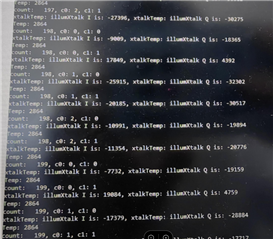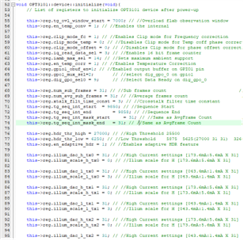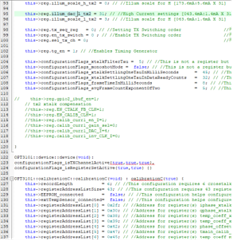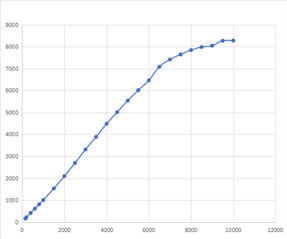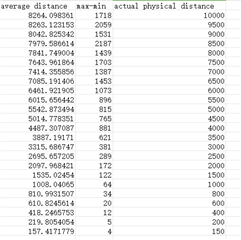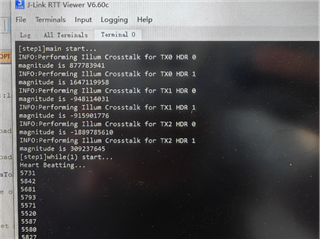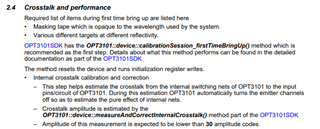Hi expert,
We have 2 questions on OPT3101:
1. For estimating the phase environment coefficient, what is the data on the x axis? If the light intensity is measured by other instruments, what is the coefficient change caused by the scaling of the x axis?
2. What is the reason for choosing halogen lamps? Is it because the luminescence of halogen lamps is stable or is it wavelength-differentiated?
Thanks!
Joyce


